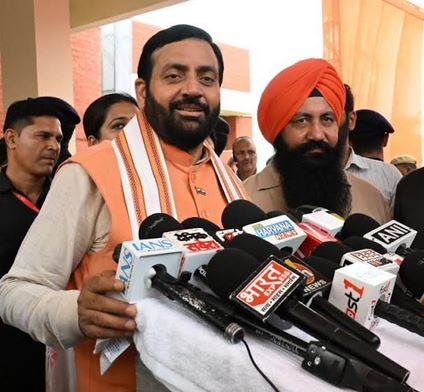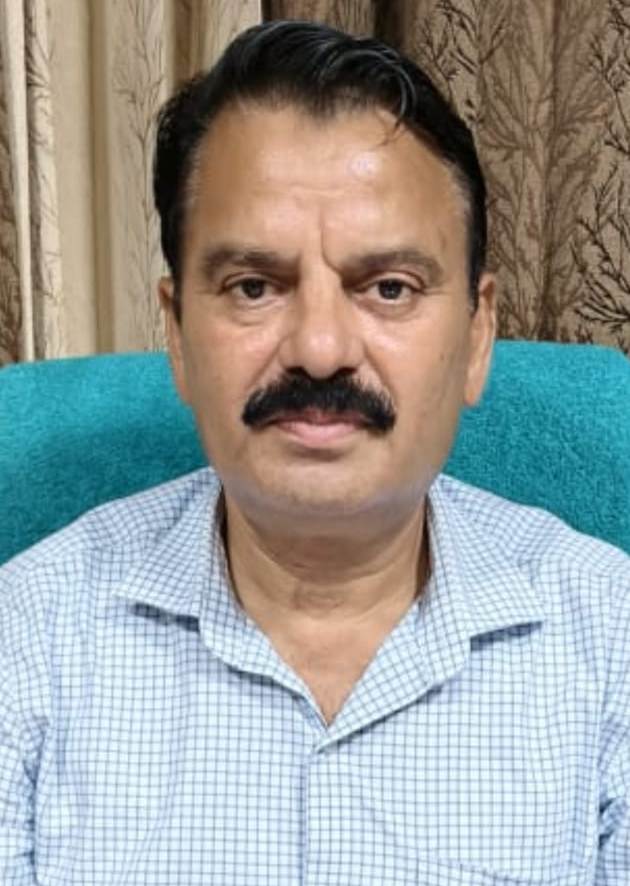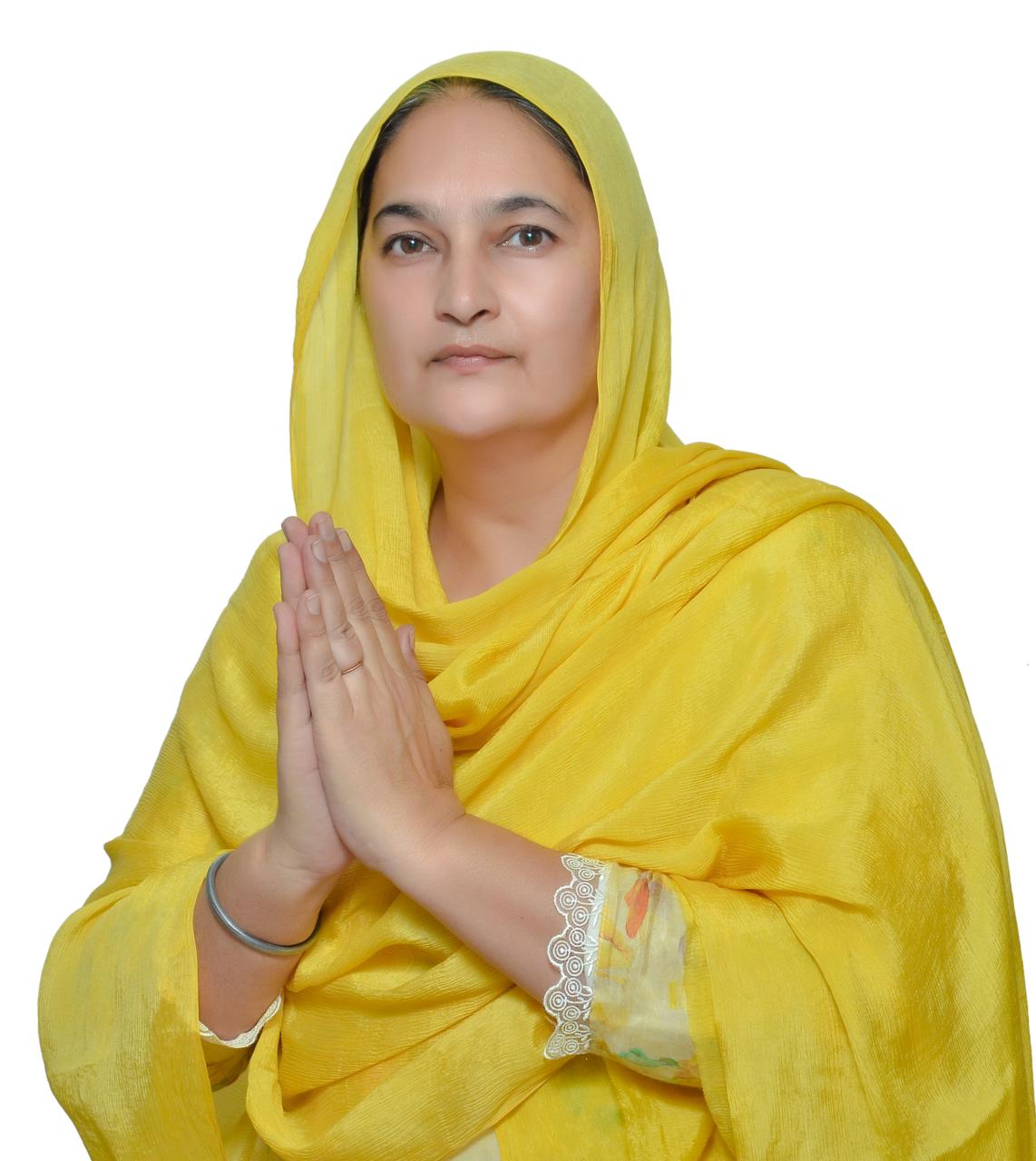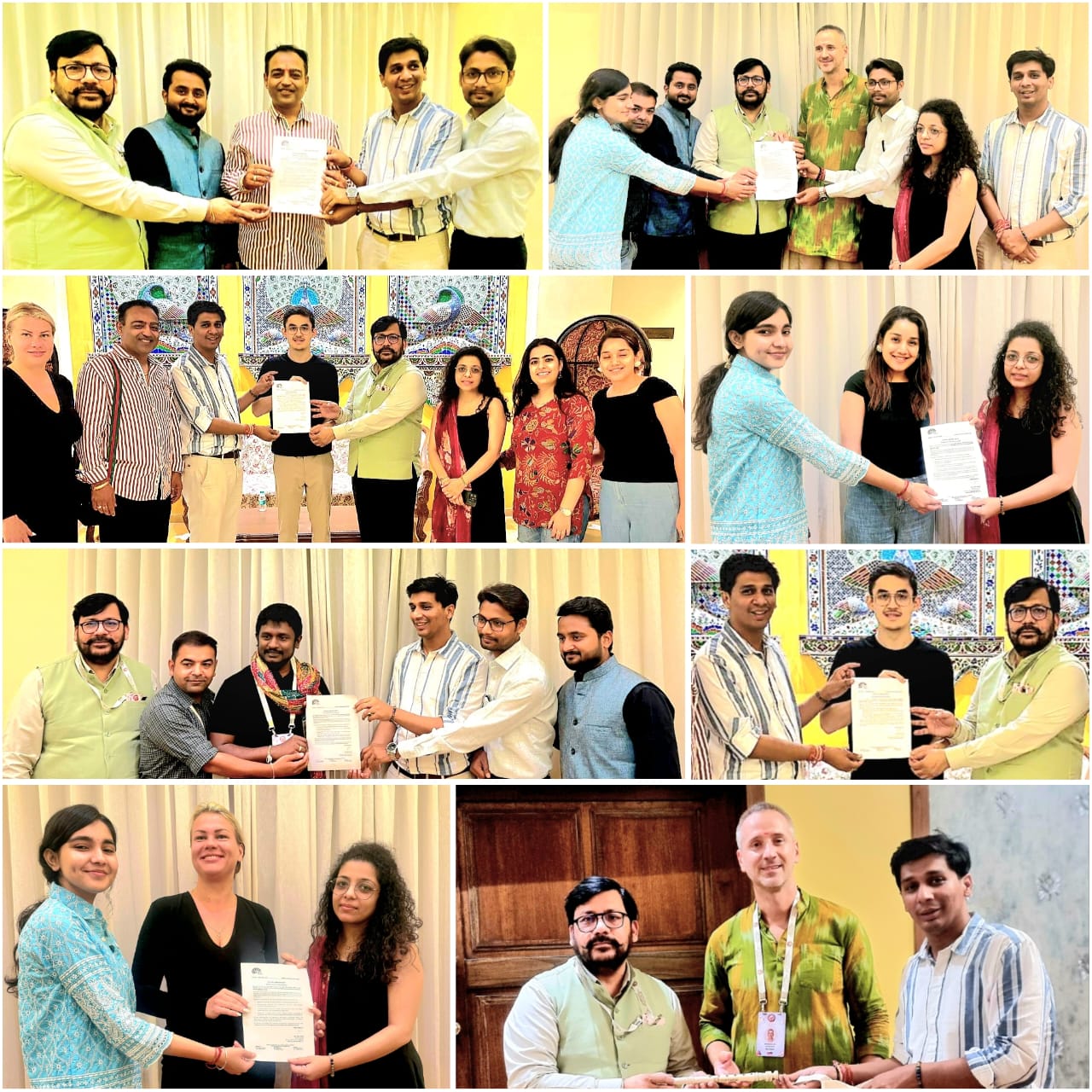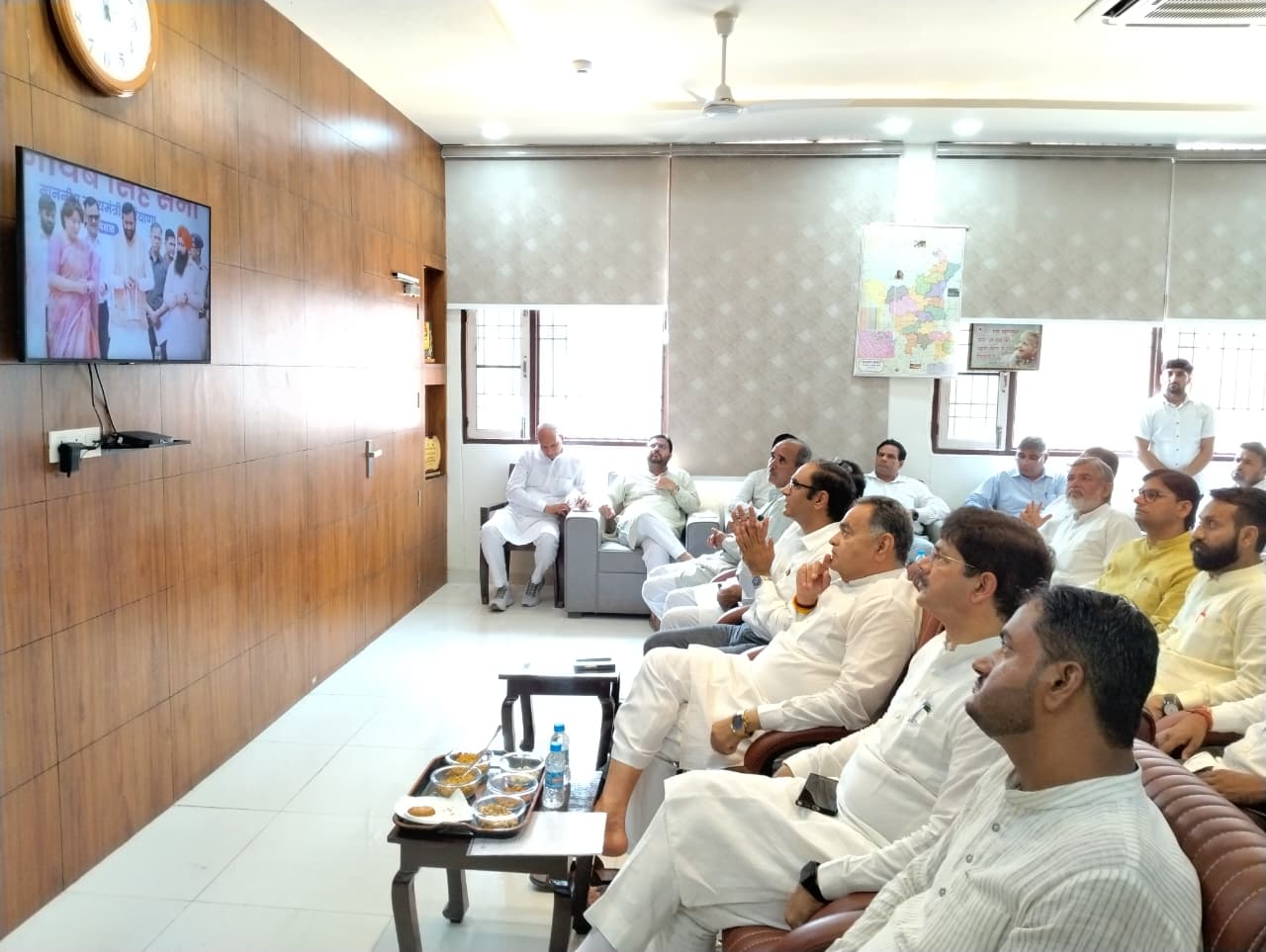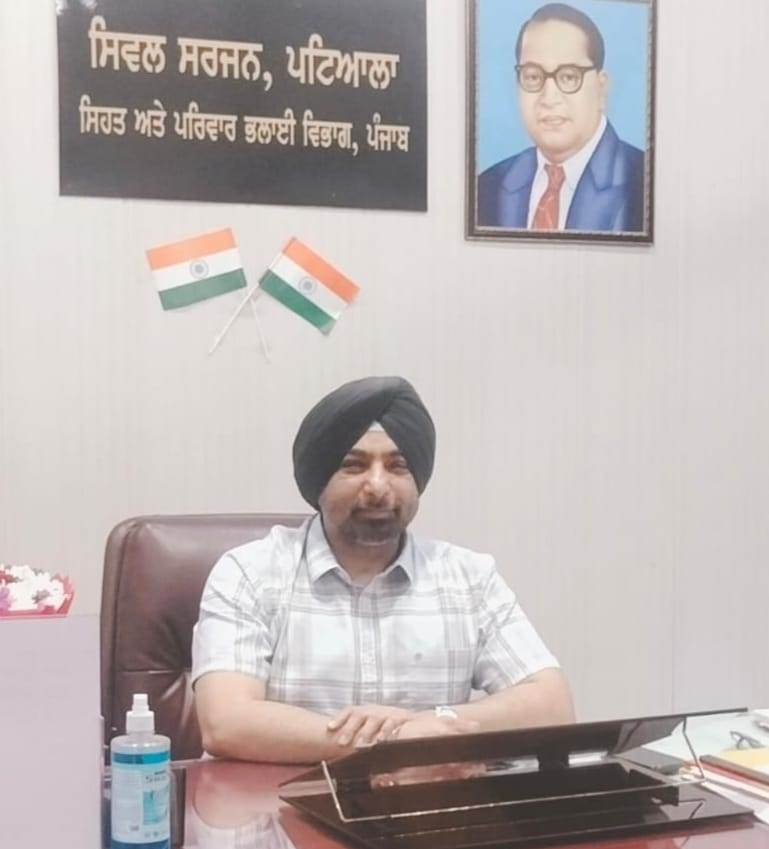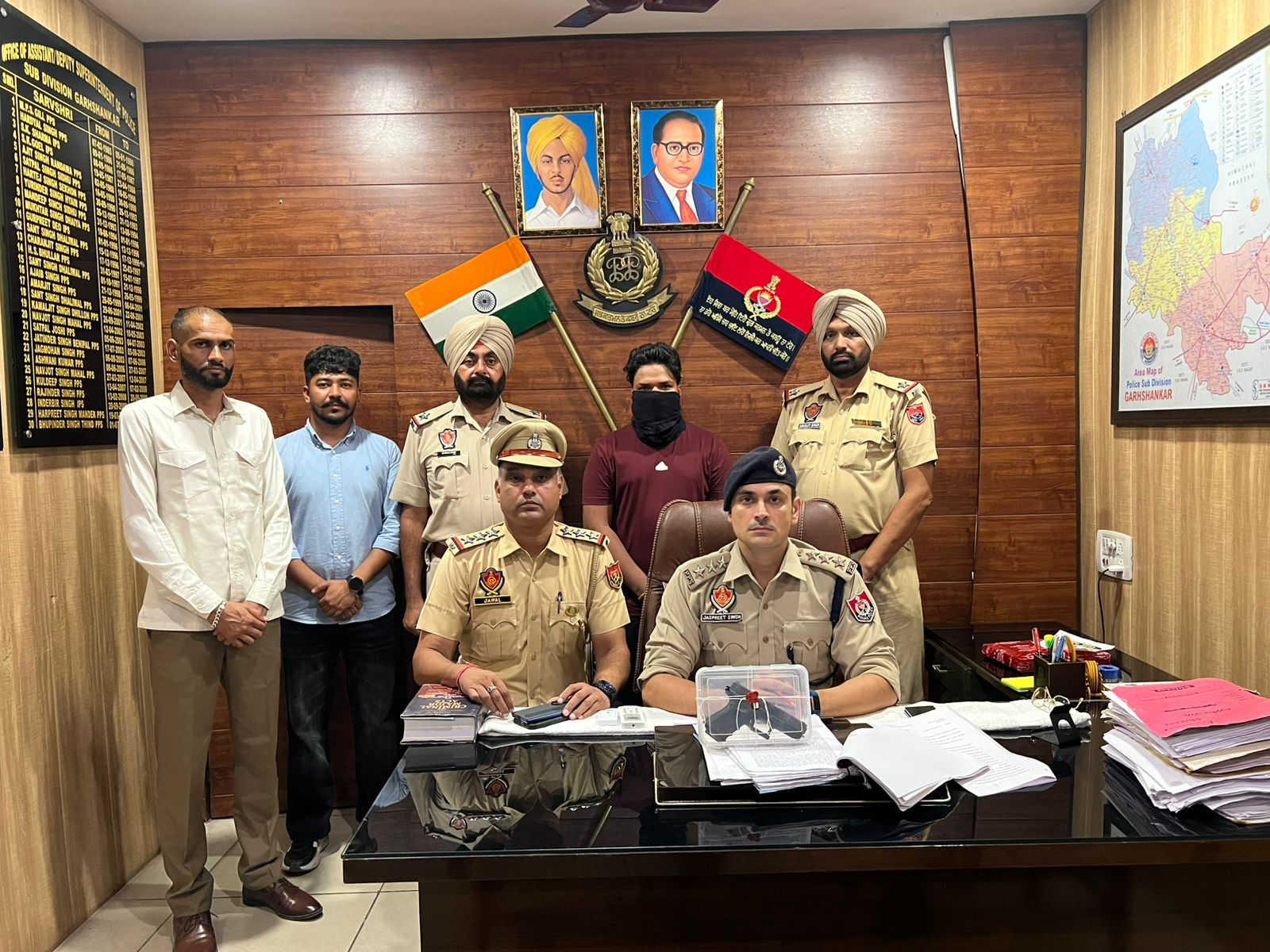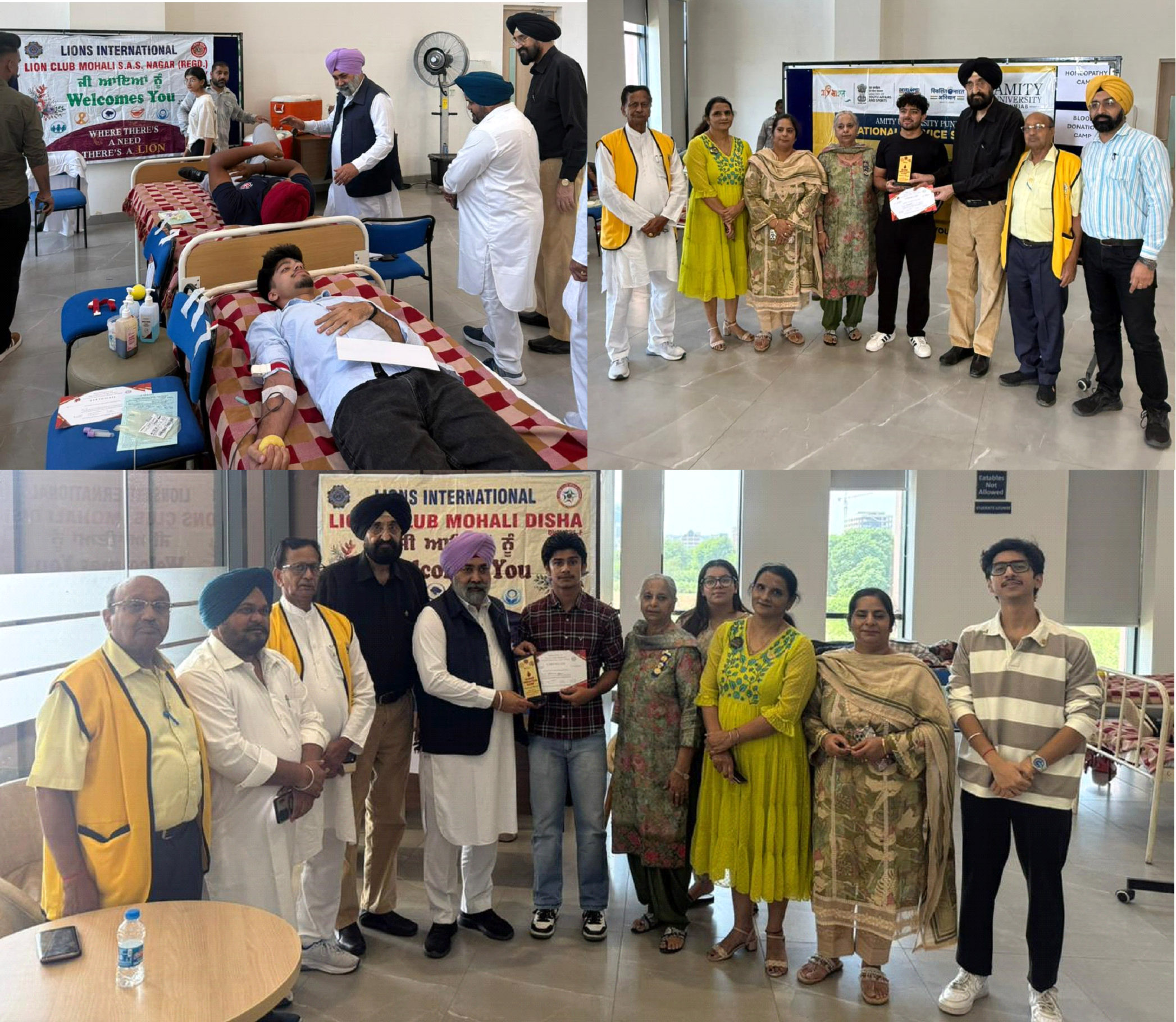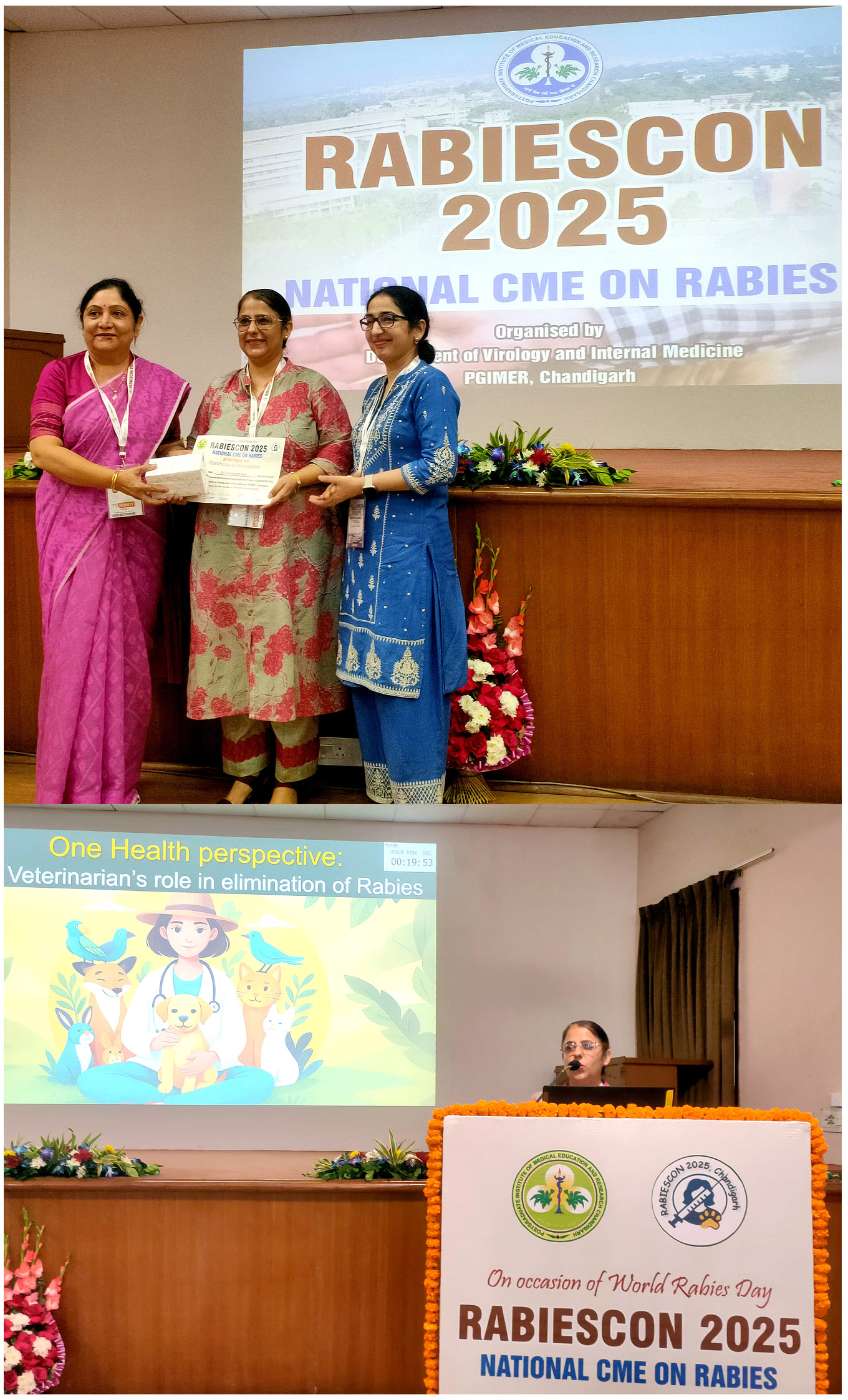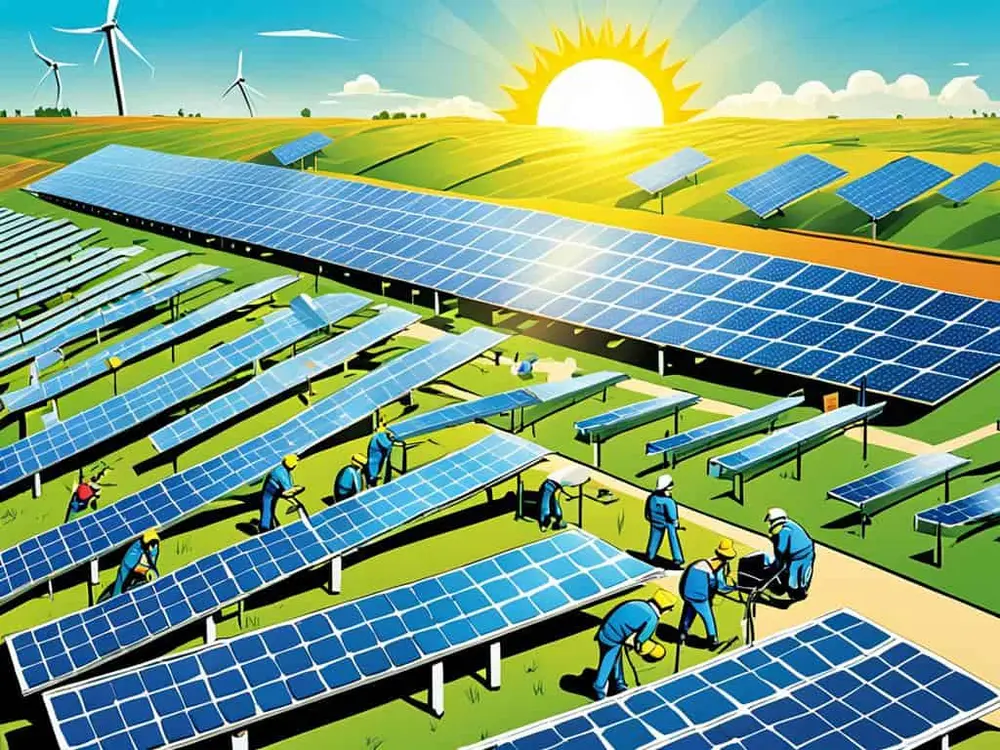
Haryana steps up in the direction of green energy
Chandigarh, August 7 - Haryana, taking rapid steps towards adopting green energy, has set an important target of setting up more than two lakh rooftop solar power plants under the Pradhan Mantri Surya Ghar-Muft Bijli Yojana by the financial year 2026-27.
Chandigarh, August 7 - Haryana, taking rapid steps towards adopting green energy, has set an important target of setting up more than two lakh rooftop solar power plants under the Pradhan Mantri Surya Ghar-Muft Bijli Yojana by the financial year 2026-27.
Apart from this, there is also a target of lighting up all the government buildings in the state with solar energy without any central financial assistance by December 31, 2025. The survey of 4,523 government buildings with a total estimated solar capacity of 122 MW has already been completed.
This information was given during the meeting of the State Level Coordination Committee (SLCC) held here today under the chairmanship of Chief Secretary Shri Anurag Rastogi. The meeting also reviewed the progress of the scheme and future strategies.
Chief Secretary Mr. Rastogi said that Haryana is not only giving incentives to solar energy, but we are also ensuring that it reaches every family, especially in rural areas.
Additional Chief Secretary of the Power Department Mr. A. K. Singh said that 30,631 Rooftop Solar (RTF) have been installed in the state so far. The state's power distribution companies are working on special booster schemes to accelerate the installation of RTS. Through these combined incentives, the middle and working class will get sufficient financial assistance to encourage large-scale adoption of solar energy.
It was informed in the meeting that Balu village of Kaithal district has become the first model solar village of the state, while the selection process is going on in Karnal and Kurukshetra. It is noteworthy that under the Model Solar Village (MSV) program, one village in each district will be developed as a model community powered by solar energy.
Under this initiative, villages with a population of more than 5,000 are eligible for central financial assistance of Rs 1 crore. Solar street lights, domestic lighting, solar-based water systems and solar pumps are being installed in these model villages, thereby creating a self-sufficient 24&7 clean energy ecosystem.
It is noteworthy that to make rooftop solar economically viable, the government is providing double subsidy. The central financial assistance provided by the Union Ministry of New and Renewable Energy is directly transferred to the bank account of the consumer within 15 days after the approval of the plant.
Apart from this, the Haryana government is also providing State Financial Assistance (SFA) to one lakh poor families on first come, first served basis. This double subsidy significantly reduces the initial cost of installation for the economically weaker sections.
To enhance citizen support and streamline the implementation process, the power corporations of the state have launched an integrated online portal and have set up over 280 dedicated helpdesks in the sub-divisions. Greater focus has also been given to capacity building, in which 703 DISCOM officers and vendors have been trained through special programmes conducted by NPTI and NIESBUD.
Besides, out of 1,414 complaints received from the state through the Grievance Management System (GMS) of the Union Ministry of New and Renewable Energy, 1,164 have been successfully resolved. This has further enhanced consumer confidence and satisfaction.
The meeting was attended by Mr. Ashok Kumar Meena, Managing Director, Uttar Haryana Bijli Vitran Nigam, Ms. Ashima Brar, Managing Director, Haryana Bijli Prasaran Nigam and Dr. Priyanka Soni, Director, Hareda, along with other senior officials.

